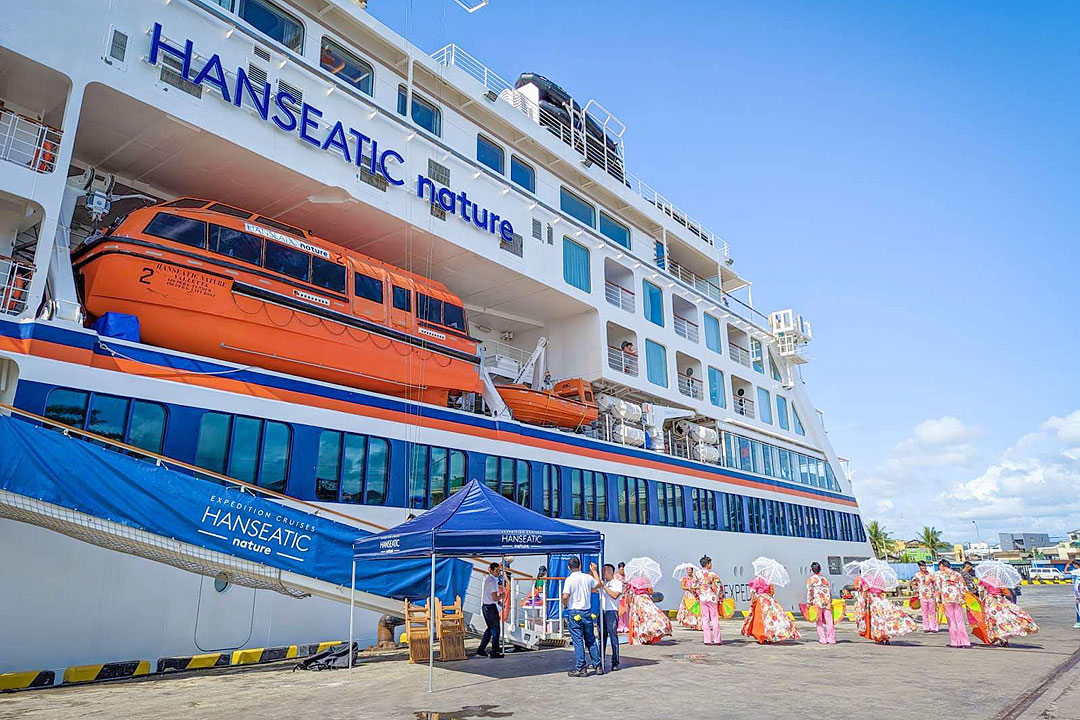Cruise ship stop in Legazpi City signals need to complete port upgrade
A TWO-DAY visit of an international cruise line in Legazpi City earlier this week demonstrates the Bicol Region’s appeal for this tourism market and signals the need to complete the port terminal project, according to a lawmaker. The international ship terminal project was initiated in 2021 with an estimated cost of P920 million, including construction […]

A TWO-DAY visit of an international cruise line in Legazpi City earlier this week demonstrates the Bicol Region’s appeal for this tourism market and signals the need to complete the port terminal project, according to a lawmaker.
The international ship terminal project was initiated in 2021 with an estimated cost of P920 million, including construction of a rock causeway, reclamation of parts of the Legazpi City Boulevard and Albay Gulf, passenger building, and other facilities.
Ako Bicol Party-list Rep. Elizaldy S. Co said completion of the project was halted due to budgetary constraints.
In a statement on Tuesday, Mr. Co said he has already reached out to Public Works Secretary Manuel M. Bonoan so that the project could be listed as a priority.
“We hope to complete the biggest international cruise ship terminal in the Eastern Pacific before the end of the current president’s term,” Mr. Co said in Filipino.
The Hanseatic Nature Expedition, a luxury line operated by Hapag-Lloyd Cruises, is on an 18-day cruise covering Palau, Micronesia, Philippines, Taiwan, Japan, and South Korea.
With 180 passengers and 167 crew members, the ship docked at the Legazpi port on April 30. The guests visited attractions in Albay and Camarines Norte, including Mayon Volcano and other sites within Camalig town, and Calaguas Island.
Camalig Municipal Tourism Officer Jed L. Villanueva said hosting the cruise guests and organizing their tour is in line with the local government’s tourism development strategy of promoting the industry while preserving natural and cultural heritage. — Marifi S. Jara























